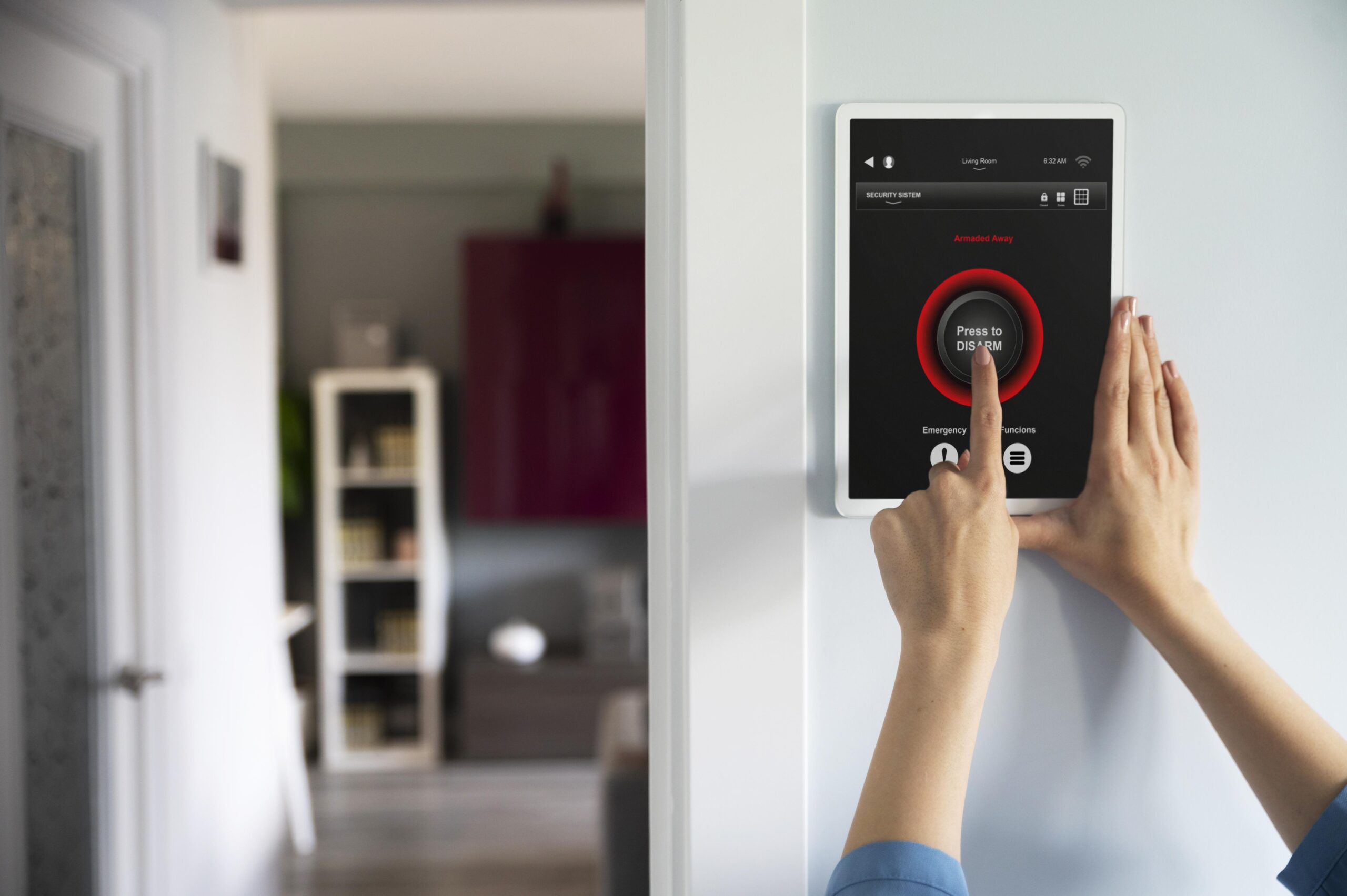Ensuring the safety and security of your home is essential for protecting your family, belongings, and peace of mind. Fortunately, there are simple yet effective steps you can take to enhance your home security and reduce the risk of burglary, vandalism, and other threats. In this guide, we’ll explore some home security basics that every homeowner should know to create a safer living environment.
1. Install Quality Door and Window Locks: Start by securing the entry points to your home with high-quality door and window locks. Install deadbolts on exterior doors and reinforce weak points, such as sliding glass doors, with additional security measures. Make sure all locks are in good working condition and replace any damaged or outdated locks promptly.
2. Upgrade to Smart Home Security Systems: Consider upgrading to a smart home security system that includes features such as motion sensors, doorbell cameras, and smart locks. These systems allow you to monitor your home remotely, receive instant alerts about suspicious activity, and control access to your property from your smartphone or tablet.
3. Install Outdoor Lighting: Illuminate the exterior of your home with outdoor lighting to deter burglars and improve visibility around your property. Install motion-activated lights near entry points, pathways, and dark areas to detect and deter intruders. Additionally, consider using timers or smart lighting solutions to create the appearance of occupancy when you’re away from home.
4. Maintain Landscaping: Keep your landscaping well-maintained to eliminate potential hiding spots for intruders and improve visibility around your home. Trim shrubs and bushes near windows and doors, and remove overgrown vegetation that could provide cover for burglars. Consider planting thorny bushes or installing prickly plants beneath ground-floor windows for added security.
5. Secure Garage and Storage Areas: Don’t overlook the security of your garage and storage areas, as they often contain valuable items and provide access to your home. Keep garage doors closed and locked at all times, and consider installing a garage door opener with rolling code technology for added security. Secure outdoor storage sheds and lock away tools and equipment that could be used to break into your home.
6. Practice Home Safety Habits: In addition to physical security measures, practice home safety habits to reduce the risk of accidents and emergencies. Always lock doors and windows when leaving your home, and never leave spare keys hidden outside. Use caution when sharing information about your whereabouts on social media, and be mindful of who has access to your home.
7. Get to Know Your Neighbors: Build strong relationships with your neighbors and encourage a sense of community watch within your neighborhood. Look out for each other’s homes, report any suspicious activity to local authorities, and consider forming a neighborhood watch program to keep your community safe and secure.
8. Consider Home Insurance Coverage: Invest in comprehensive home insurance coverage to protect your property and belongings in the event of theft, vandalism, or other covered perils. Review your policy regularly to ensure it provides adequate coverage for your needs and consider adding endorsements or riders for additional protection.
Conclusion: Enhancing home security doesn’t have to be complicated or expensive. By following these simple steps to secure your doors and windows, upgrade to smart home security systems, install outdoor lighting, maintain landscaping, secure garage and storage areas, practice home safety habits, get to know your neighbors, and consider home insurance coverage, you can create a safer living environment for you and your family. Remember, home security is an ongoing process that requires vigilance and proactive measures to protect what matters most.

